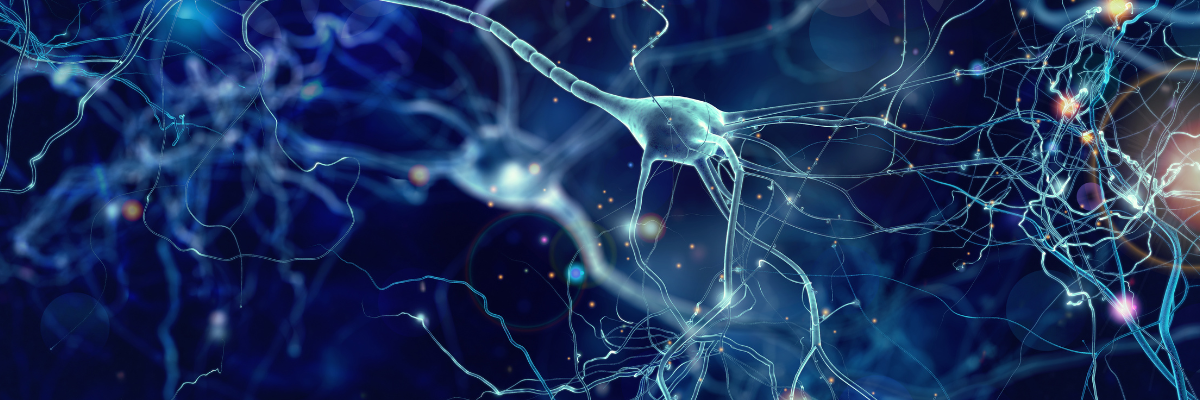In the ever-evolving landscape of science and technology, each year’s Nobel Prize announcements bring to light groundbreaking discoveries that have the potential to shape the future. The 2024 Nobel Prize winners in physics, science and medicine offer innovations to marvel at and valuable lessons for today’s students. These trailblazers exemplify the power of curiosity, perseverance, and critical thinking—skills that Envision’s STEM programs are designed to cultivate in young minds.
Let’s take a closer look at the recent Nobel Prize winners and what their achievements can teach students about the possibilities in science and AI.
Unveiling the Nobel Winners and Their Impact on STEM Learning
The 2024 Nobel Prize in the Sciences has highlighted cutting-edge work in fields that directly influence how we understand the world. From breakthroughs in medicine to revolutionary discoveries in physics, these winners demonstrate that science and STEM learning are far from static—they’re a living, breathing endeavor that continuously pushes the boundaries of human knowledge.
2024 Nobel Prize winners in Medicine - Victor Ambros and Gary Ruvkun
This year’s laureate in Medicine revolutionized how we understand microRNA and its role in post-transcriptional gene regulation. Their groundbreaking discovery in the tiny worm C. elegans revealed a completely new principle of gene regulation, which was essential for multicellular organisms, including humans. MicroRNAs are proving to be fundamentally important for how organisms develop and function.
Through their work, they opened new doors for treatments in medical research of gene regulation that can lead to the prevention of serious diseases such as cancer, diabetes, or autoimmunity. The researchers discussed how hands-on curiosity led them to their discoveries. What does this mean for students today? It shows that a single discovery, especially in STEM learning, can ripple across generations, transforming lives and pushing humanity closer to curing the world’s most pressing health challenges. For students passionate about biology, medicine, or healthcare, their work is an inspiring reminder of the role STEM learning plays in shaping our future.
2024 Nobel Prize Winners in Physics - John Hopfield and Geoffrey Hinton
These two Physics Prize winners stunned the world with their breakthroughs in AI. Using tools from physics to construct methods, they laid the foundation for today’s powerful machine learning. Hopfield created a structure to store and reconstruct information. At the same time, Hinton invented a method that can independently discover properties in data, which has become the foundation of large artificial neural networks.
The structure of the human brain originally inspired this technology. In an artificial neural network, nodes with different values represent the brain’s neurons. This discovery serves as a beacon for students passionate about STEM, encouraging them to embrace the unknown and explore new frontiers.
2024 Nobel Prize Winners in Physics - David Baker, Demis Hassabis, and John Jumper
Chemistry’s award winners showed that sometimes the most powerful innovations come from understanding the building blocks of life itself. Their work on protein for computational protein design, protein structure prediction, and protein structure prediction, respectively, can potentially change industries ranging from biotechnology to environmental science. For students interested in STEM learning and eager to solve global challenges—such as climate change or sustainable energy—the journey of these three laureates demonstrates how science can drive real-world solutions. Their discoveries hold enormous potential.

What Can Students Learn from These STEM Innovators?
The achievements of Nobel Prize winners offer three key lessons for STEM learning students:
- Curiosity Leads to Innovation: Each Nobel laureate started with a question. Whether it was unraveling the mysteries of the universe or improving healthcare through AI, their breakthroughs were driven by curiosity and a deep desire to understand the world better. At Envision, we believe that curiosity is a student’s most powerful tool. Our hands-on STEM learning programs are designed to help students explore their interests and find solutions to real-world challenges.
- Resilience Is Key: Behind every Nobel Prize-winning discovery are years, if not decades, of research, trial, and error. These laureates faced countless obstacles, but their resilience and determination pushed them to success. Resilience is essential for students—not just in the pursuit of academic excellence but also in navigating life’s challenges. Envision’s hands-on learning experiences encourage students to persevere through obstacles, learning valuable skills that will benefit them throughout their lives.
- The Future Is Interdisciplinary: Science and AI are increasingly interconnected. Many of today’s most significant discoveries are happening at the intersection of disciplines—where physics meets technology, medicine meets data science, and AI meets environmental sustainability. Envision helps students understand the value of interdisciplinary learning by exposing them to various career paths and industries and inspiring them to think creatively about their futures.
Ready to Shape the Future?
As we reflect on the accomplishments of the 2024 Nobel Prize winners, it’s clear that the future is in the hands of those who dare to dream, discover, and take action. At Envision, we’re committed to empowering students with the tools they need to be the next generation of leaders and innovators.
Are you ready to engage with the world’s most pressing challenges? Join Envision to gain hands-on experience, learn from industry professionals, and take the first steps toward making your mark on the world—whether in science, AI, or beyond.
Envision by WorldStrides is passionate about guiding students each step of the way as they rise to their highest potential through transformative experiences. Our programs offer hands-on experiences that allow high schoolers to test the waters of possible career tracks in:
background-image: a building with the American flag in front of it